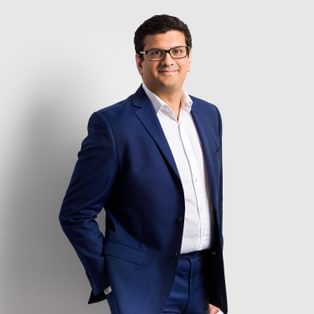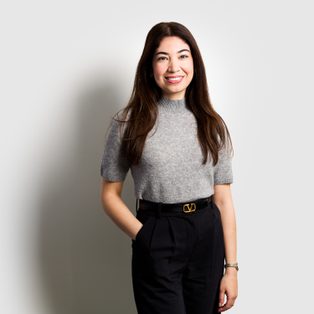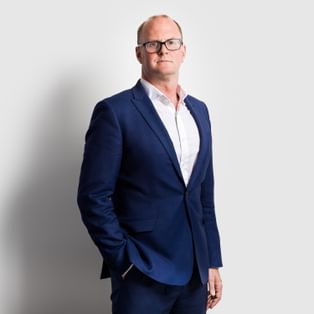The Supreme Court has decided by a majority of 3:2 in Fern and others v Board of Trustees of the Tate Gallery that the public viewing gallery on the 10th floor of the Tate Modern has caused a nuisance to neighbouring flat owners.
What is Nuisance
Nuisance falls broadly into two categories, public nuisance such as unlawfully blocking a highway, and private nuisance, the category under which this case was brought.
Private nuisance generally occurs when a landowner carries out a lawful activity on his land which interferes with a neighbouring landowner’s use and enjoyment of their land. Physical damage does not necessarily have to be caused, encroachment and interference of quiet enjoyment are also classed as nuisances.
To become a nuisance, the act, or omission must be substantial and unreasonable with only the legal owner of the wronged property able to bring a claim in tort.
As with all torts, a duty of care is required between the landowners, with the standard measured by what it is reasonable to expect, based on the individual facts of the case. One of the relevant factors is the ordinary use of the land from which the nuisance is caused, having regards to the nature and character of the locality.
Injunctive relief is the main remedy to stop the nuisance if the Court decide a nuisance has occurred. But the Court has a wide discretion to award damages in lieu of an injunction.
The Background
The Appellants own flats in the Neo Bankside development, a modern scheme with wall-to-ceiling windows. From the platform there is a direct line of sight into the living space of the affected flats. The flat owners felt that they were being pried upon by visitors to the gallery and reported that members of the public would wave and take photos, some of which found their way onto social media.
At the initial trial, it was held that whilst deliberately overlooking someone’s home could give raise to a claim for nuisance, there was no actionable nuisance as the flat owners had chosen to live in glass apartments, opening themselves to scrutiny and they could take remedial action by installing blinds or curtains.
On appeal, the Court of Appeal found that there were material errors of law however they dismissed the appeal on the basis that “overlooking” cannot count as a nuisance in law, no matter how oppressive.
The Decision
The Supreme Court rejected the initial trial judge’s reasoning on the basis that the viewing platform attracting hundreds of thousands of visitors a year and this did not amount to a common or ordinary use of land. Furthermore, it is not up to the Appellants to take steps to mitigate the nuisance by installing blinds or curtains, such a step would absolve the Respondent of its obligations.
The Supreme Court also rejected the Court of Appeal’s argument regarding “overlooking” finding that there was no limit to what could constitute a nuisance so long as it interferes with the enjoyment of rights in land. In this case, the Supreme Court held that the viewing platform was not overlooking, but instead it actively encourages half a million people a year to peer into the flats in question which is not a reasonable use of the gallery’s land and as such amounts to a nuisance. The Supreme Court also rejected the High Court’s suggestion that the flat owners had exposed themselves to visual intrusion. It also found that it was not for them to take steps to avoid the nuisance.
The Impact
It remains to be seen what remedy will be granted, this will be a decision for the High Court if the parties cannot agree between them. For now, this is certainly a win for tenants and homeowners who have a strengthened right to privacy and developers need to think carefully about plans which may impact on this reinforced right. But the circumstances of this case remain exceptional and not every instance of overlooking will give rise to intrusion sufficiently intense to amount to an actionable nuisance.


























































































